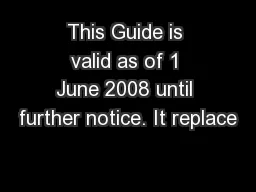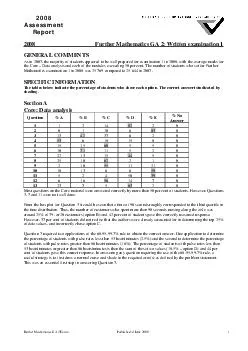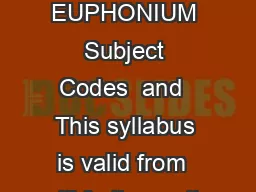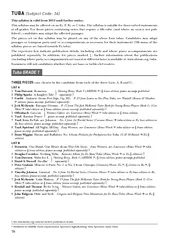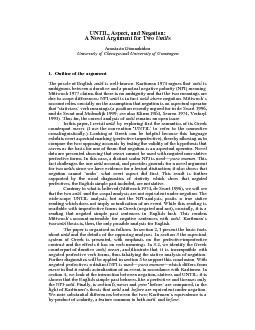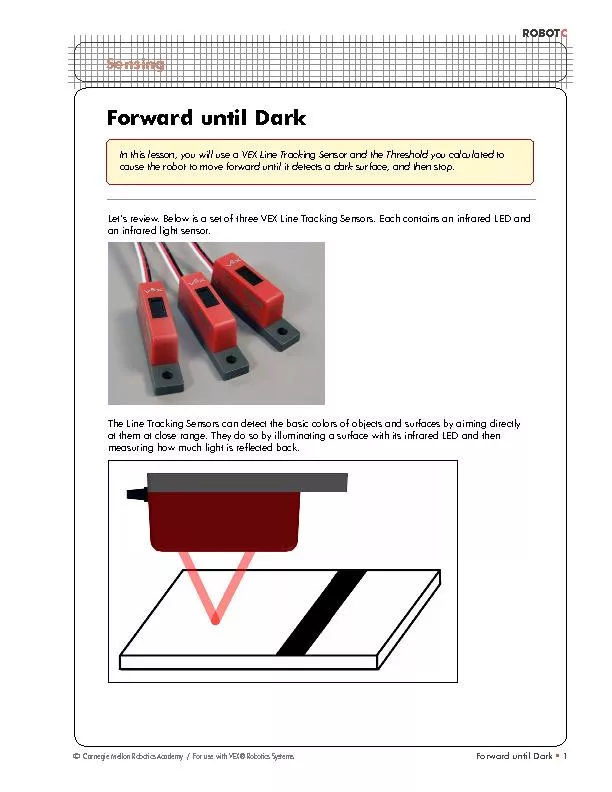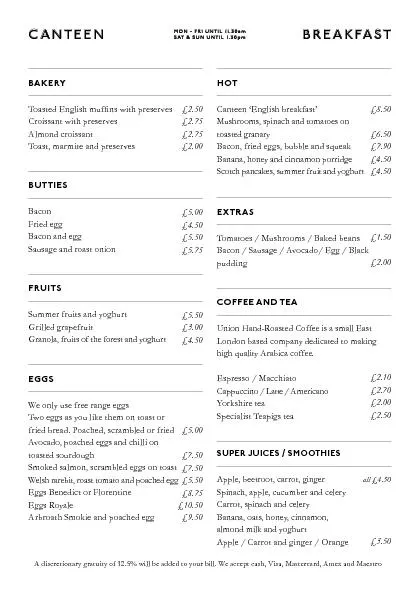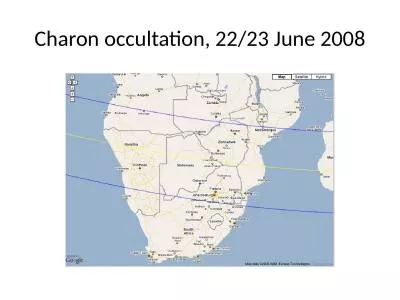PDF-This Guide is valid as of 1 June 2008 until further notice. It replace
Author : mitsue-stanley | Published Date : 2015-11-28
Radiation Safety Requirements for Radionuclide Laboratories issued on 1 July 1999 Helsinki 2008 ISSN 07894716 ISBN 9789524784191 pdf ISBN 9789524784207 html GUIDE
Presentation Embed Code
Download Presentation
Download Presentation The PPT/PDF document "This Guide is valid as of 1 June 2008 un..." is the property of its rightful owner. Permission is granted to download and print the materials on this website for personal, non-commercial use only, and to display it on your personal computer provided you do not modify the materials and that you retain all copyright notices contained in the materials. By downloading content from our website, you accept the terms of this agreement.
This Guide is valid as of 1 June 2008 until further notice. It replace: Transcript
Download Rules Of Document
"This Guide is valid as of 1 June 2008 until further notice. It replace"The content belongs to its owner. You may download and print it for personal use, without modification, and keep all copyright notices. By downloading, you agree to these terms.
Related Documents

